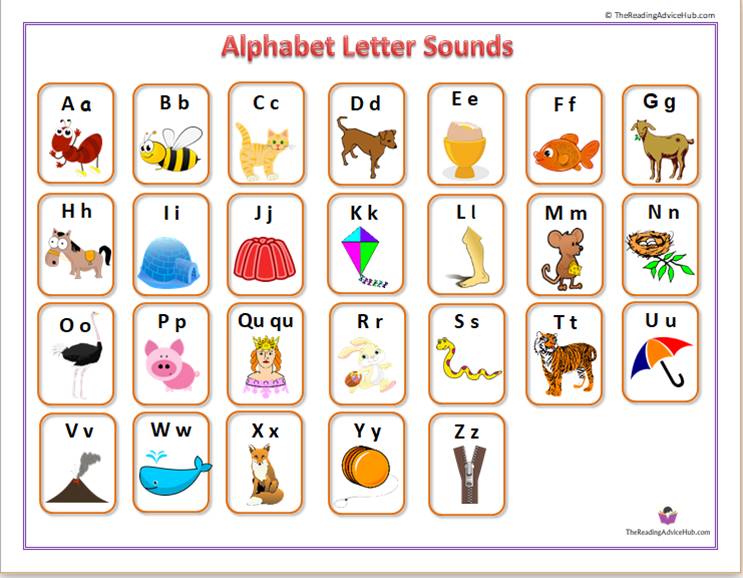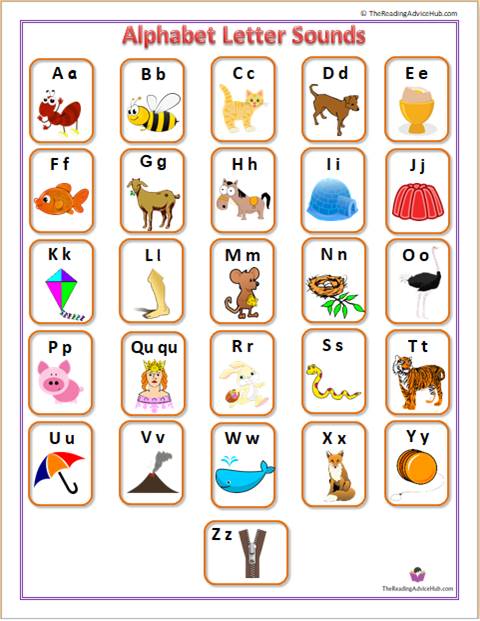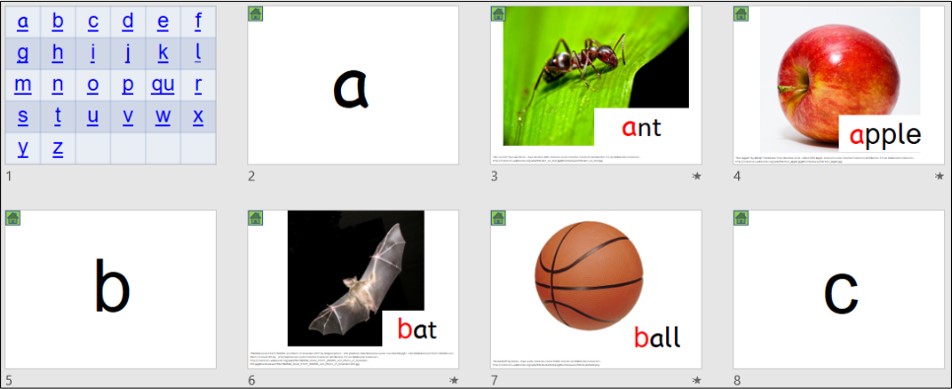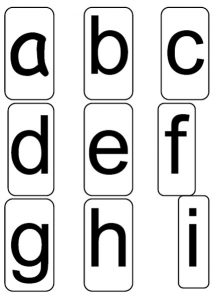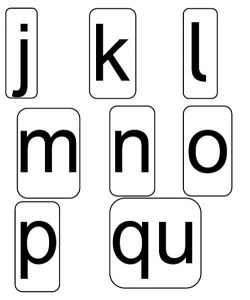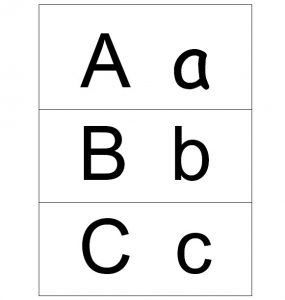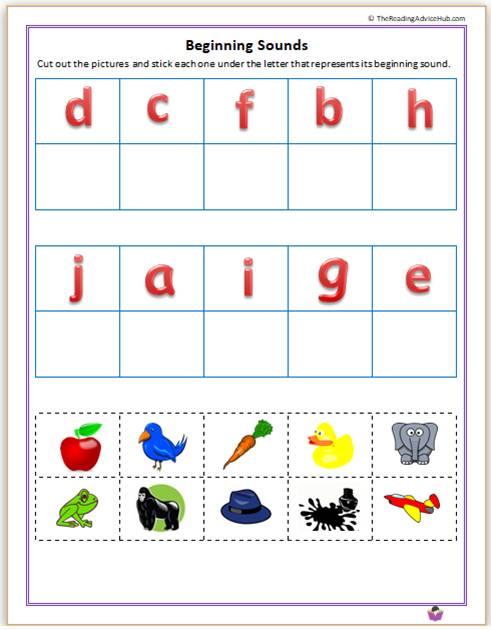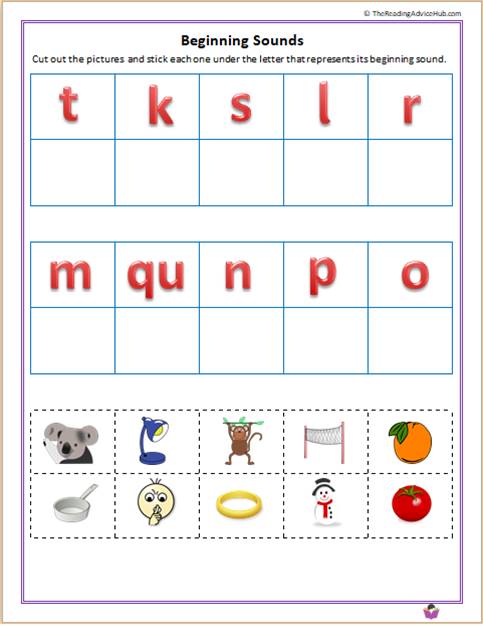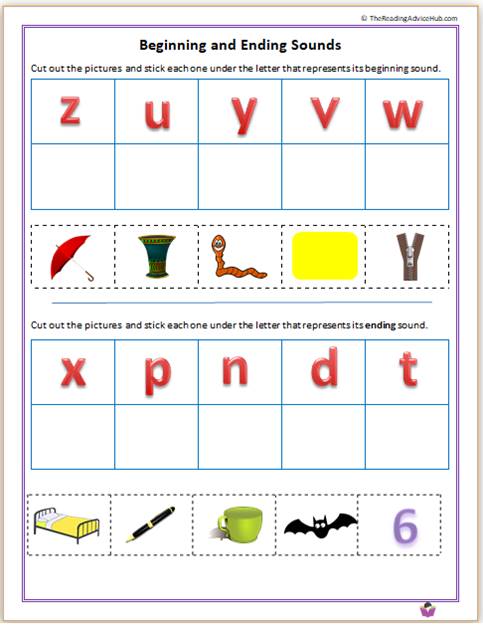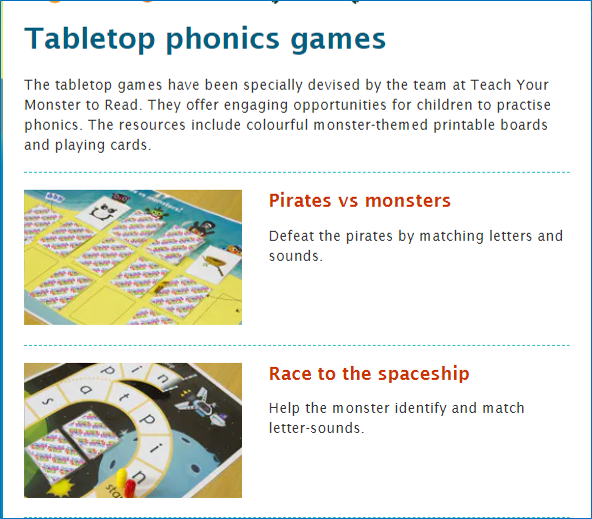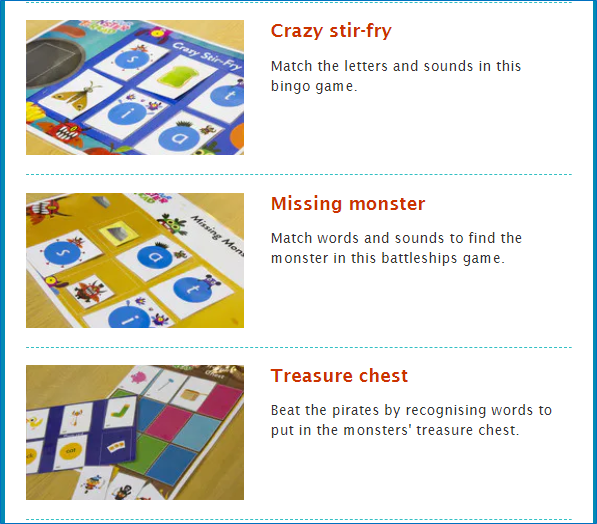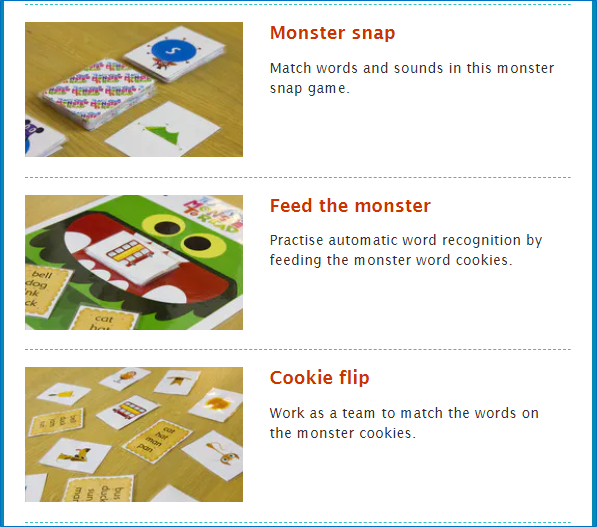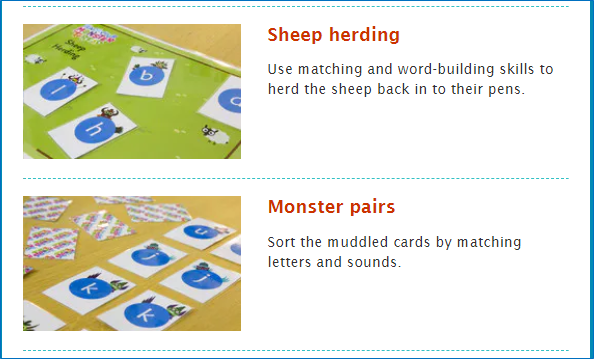Instantly download our free printable alphabet letter sound sheets, slide show and individual phonemic awareness worksheets for each letter of the alphabet…
Disclaimer: We support the upkeep of this site with advertisements and affiliate links. We may earn a small commission if you click on the ads or links or make a purchase. There is no additional cost to you if you choose to do this.
Alphabet Letter Sounds and Phonemic Awareness...
Parents are often encouraged to teach their young children the names of the letters in the alphabet, but learning the sounds that letters represent is much more important for developing the phonemic awareness of beginning readers.
Understanding that letters represent the spoken sounds in words is the key idea that underpins phonics – the most effective method of reading instruction.
You might also find it helpful to read our ‘Points to Note‘ section below.
Our free downloadable alphabet PowerPoint slide show is a good way of adding some variety when you are teaching letter sounds.
Click on one of the images to download the slide show.
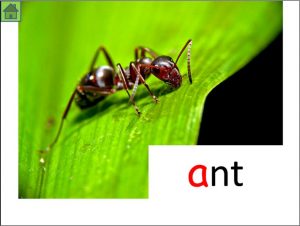 | 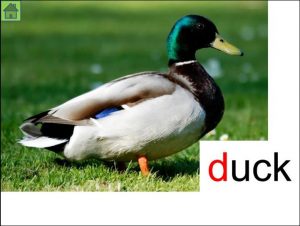 |  |
If your device doesn’t have Microsoft Office installed, there are various ways you can now view PowerPoint presentations, as discussed in this link.
You can also view PowerPoint presentations using a Google Drive account as discussed in this article and shown in this video.
A-Z Letter Sound and Phonemic Awareness Worksheets

Click on the links below to download a free pdf worksheet for each letter of the alphabet.
The Teach Your Monster to Read Site also has a fantastic range of free games that can be printed off for classroom or home use. Click on the following link to access their Tabletop Phonics games.
Points to Note:
Some letters can represent different sounds in different words, and children do need to learn all of the variations eventually. However, providing kids with too many alternatives in the early stages can be overwhelming and confusing for them.
The printables and worksheets on this page focus on the most common sounds that letters represent in words because this is a sensible place to start.
Be wary of resources for beginning readers that use some of the following examples…
- Angel and acorn for letter a. It’s more common for ‘a’ to represent the sound found in apple, ant, cat, lamp and tap.
- Circle and centre (center) for letter c. In these words, the letter c represents the sound normally associated with the letter s. The sound in cab, cap, cub, car and cow is more common for letter c.
- Ear or eagle for letter e. The sound in egg, elephant, ten and pet is more common.
- Giraffe or giant for letter g. Words such as gap, gate, big and goat contain the more common sound represented by the letter g.
- Ice cream or iron for letter i. Words such as insect, igloo, tip, fit and iguana are more appropriate for beginning readers.
- Knife and knee for the letter k. The letter k is silent in these words so they aren’t good examples for beginners. Kick, kit, key, kite and kangaroo are better examples.
- Unicorn and uniform for letter u. Umbrella, unhappy, up, mud and fun contain the more common sound represented by the letter u.
- Onion, oven, oval, owl and one for the letter o. Words such as on, ox, ostrich, dog and otter contain the more common sound for this letter.
- X-ray or xylophone for x. The common ‘x’ sound isn’t normally heard at the start of words. For example, in xylophone, the ‘x’ actually sounds like a ‘z’, and in x-ray it doesn’t represent the common sound found in words such as fox, box, six and taxi.
- Zebra is fine for most British English accents. However, some USA accents pronounce the Z in zebra as ‘zee’ rather than the more common sound found in zip, zero, zoo, buzz and fizz.
You will notice that we use ‘qu’ instead of ‘q’ in our printable resources. This isn’t a miss-print; it simply recognises that ‘q’ almost always appears in words with a ‘u’ following it. For this reason, many phonics programmes teach the letter combination ‘qu’, rather than ‘q’ on its own, and we think there’s some sense in doing this, although it’s not essential.
Click on the following link to access some of our other free phonics and phonological awareness worksheets and printable resources.
Further Resources:
Another way to add some variety to learning letter sounds is to register with some of the specialist reading programmes that offer free trials.
For example:
Parents and teachers can register for a 30-day free trial with Reading Eggs. This allows you to access over 500 highly interactive games and fun animations for developing Phonemic awareness, Phonics, Fluency, Vocabulary and Comprehension.
A 30-day free trial is also available from ABCmouse.com. This is a leading online educational website for children ages 2–8. With more than 9,000 interactive learning activities that teach reading, math, science, art, music, and more.
Although it’s not quite free, you can get a 30-day trial with the award-winning Hooked on Phonics programme for just $1.
IXL Learning cover 8000 skills in 5 subjects including phonics and reading comprehension. You can click on the following link to access a 7-day free trial if you live in the US.
If you live outside of the US you can get 20% off a month’s subscription if you click on the ad. below:
